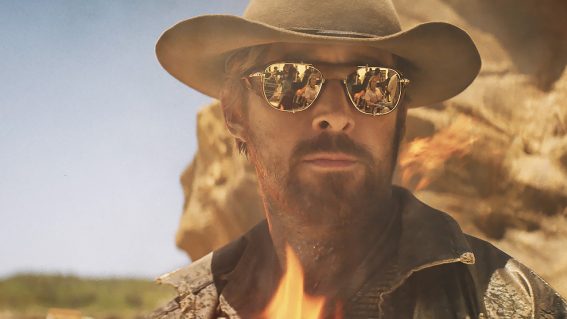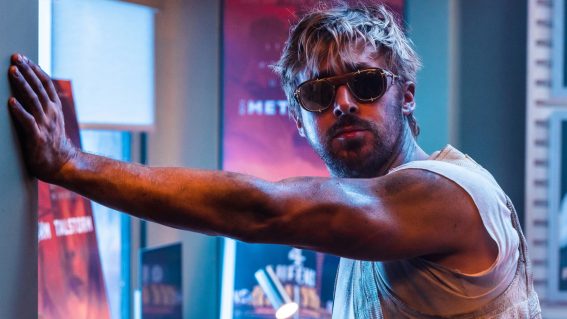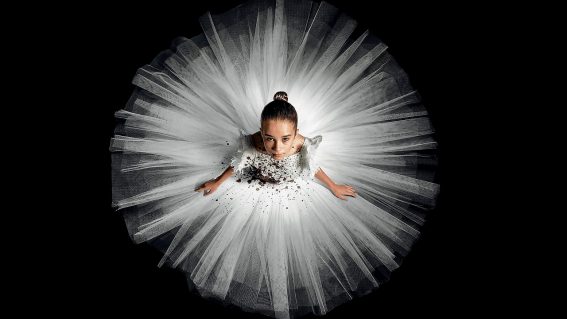Facing Monsters offers fantastic surfing photography, but doesn’t dive deep
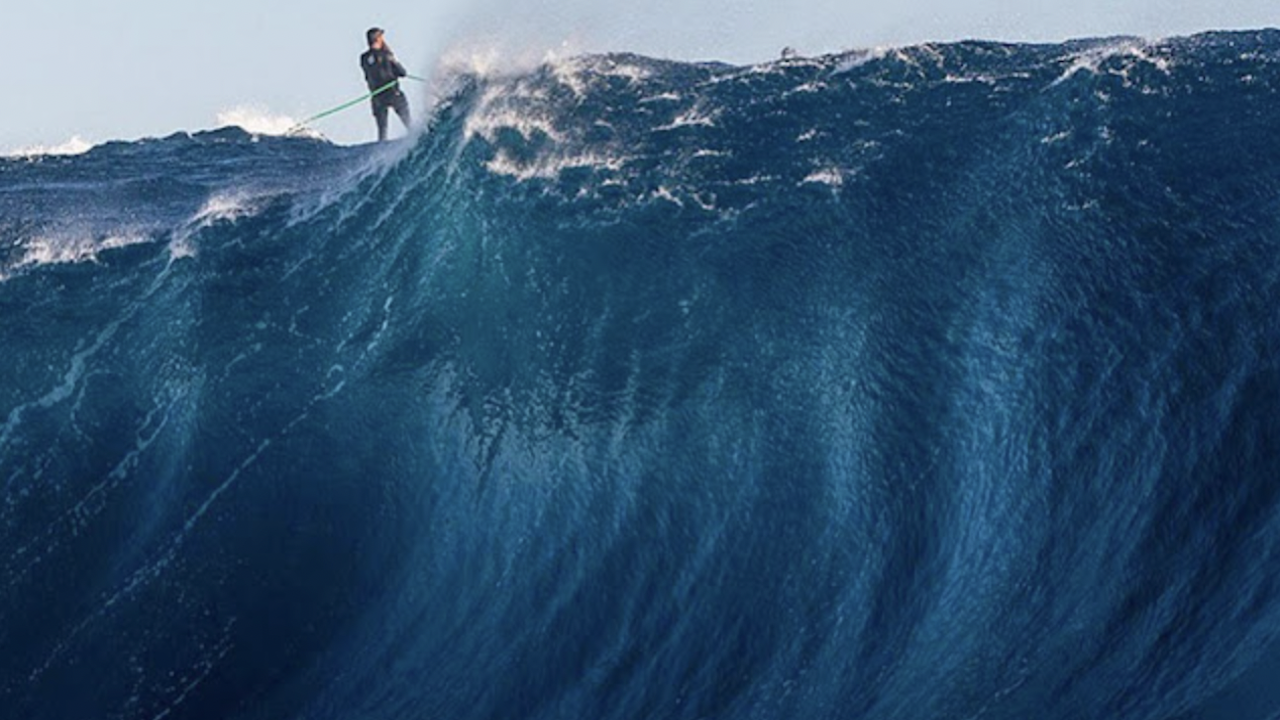
Presenting itself as a portrait of slab wave rider Kerby Brown, Facing Monsters is mostly staggering for its visceral ocean imagery. Travis Johnson wishes the surf doco went deeper.
Facing Monsters
Where very deep water is interrupted by a shallow edge of reef jutting up at the surface, you get slab waves: big, heavy walls of water that rise up high but don’t last long before crashing down—right onto that aforementioned reef.
Now, water passes over such reefs without too much trauma, but humans sometimes do not—even if they’re on a surfboard. Slab wave riding is incredibly dangerous, and only the most experienced and daring surfers take on the challenge. Western Australian surfer Kerby Brown is one, and director Bentley Dean’s new documentary, Facing Monsters, tells his story.
Brown, along with his brother Cortney, grew up in the coastal WA town of Kalbarri, where surfing the usual breaks stopped being too interesting fairly early on, and the pair soon started faring into deeper waters, Cortney towing Kerby on a jet ski, to challenge the big waves. Slab surfing soon became an obsession for Kerby, and he eschewed the professional surfing circuit to pursue bigger and more remote waves, while his time on dry land was largely lost to a haze of drugs and booze—a spiral that was only arrested once his partner Nicole fell pregnant.
Now a responsible family man, Kerby is off the illicit substances, but he’s still pursuing the waves—which comes at no small risk to life and limb, as one particularly bloody sequences demonstrates. Working with veteran surf cinematographer Rick Rifici, who shot the excellent on-water action for 2013’s Drift and 2017’s Breath, director Dean captures some truly breathtaking surfing moments, giving the viewer a real sense of scale and letting us know in a very visceral sense just how tiny the human form is when set against these towering natural forces. It is genuinely jaw-dropping stuff.

What we don’t get, though, is much insight into why Kerby is doing this, the psychological processes and drives that must be in play to send a man off to risk his life again and again for something ineffable. Facing Monsters actually positions itself as a work of portraiture—”an unapologetic musing into the essence of Kerby and his family” that digs into “…what drives Kerby, what anchors him and why he’s obsessed with pitting himself against one of nature’s most intimidating forces.”
That’s what the press materials tell us, but i’s not what we get; Kerby remains an enigmatic figure, unable or unwilling to articulate what motivates him. To his family—brother Cortney, father Glenn, wife Nicole—it might be a point of debate, but nobody seems to have an exact fix on it.
The result is a story that, while very specifically Kerby Brown’s, feels somewhat generic to a viewer with no direct connection to him or his sport. The narrative model, even though it draws from Kerby’s actual life and experiences, is familiar: early athletic promise, risk addiction, substance abuse, bottoming out, redemption, and a new lease on life. We have seen this before; Eddie Martin’s 2014 skating documentary All This Mayhem comes to mind as a more tragic and more effective example of the type, and it even centres on two sporting brothers too.
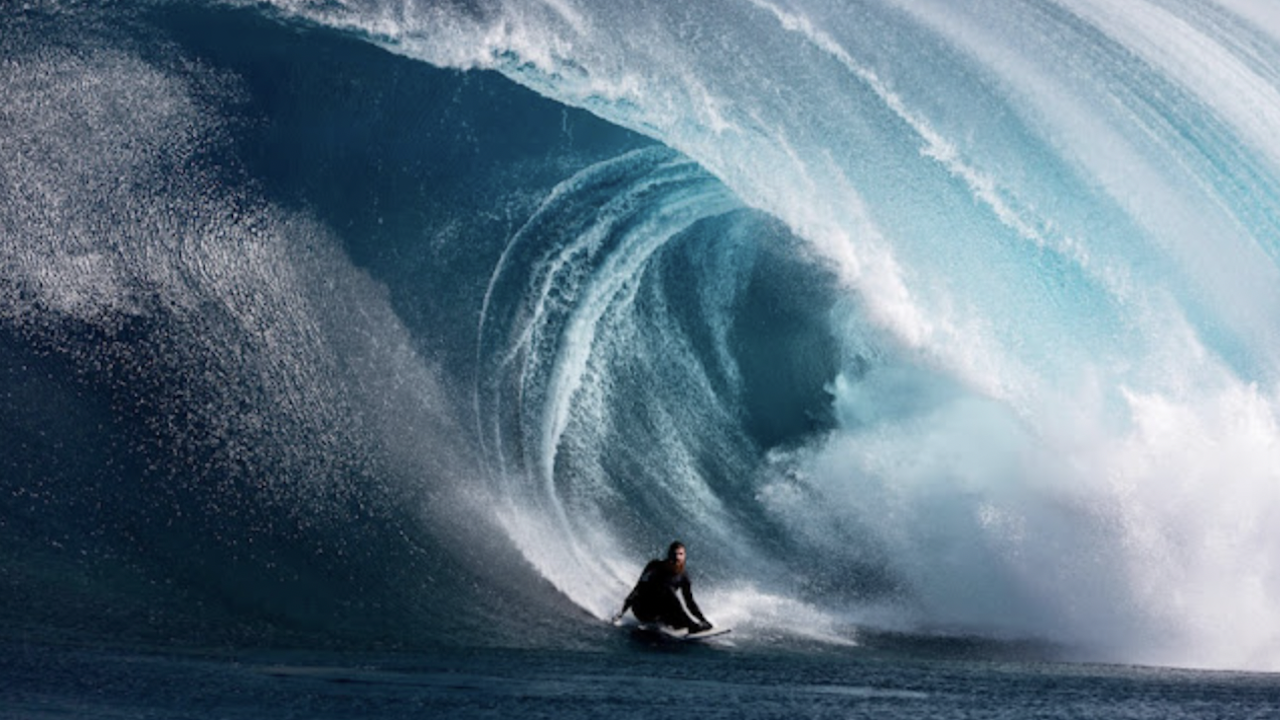
Unable to give us a real sense of Kerby’s interiority, Dean’s film cants instead into the mythic, framing its subject’s surfing adventures as an almost religious act: a man attempting in his own way to connect with the infinite. A repeated visual motif of Kerby floating in a still, red-tinted ocean, almost beatific in repose, reinforces this.
Perhaps a deeper investigation of this element might have been in order. As it stands, Facing Monsters is frustratingly surface level. While the surfing sequences themselves are fantastic, the core of the film’s subject remains elusive.





